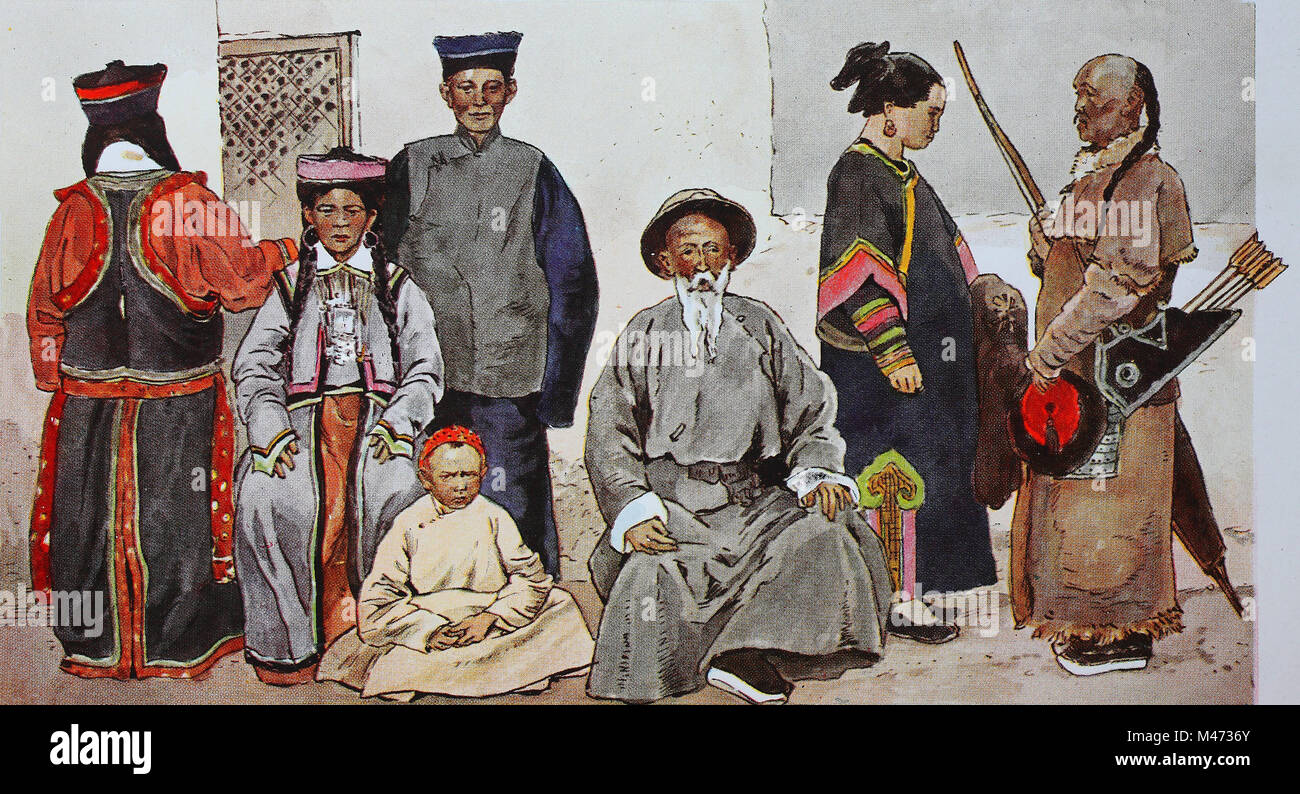Open the Keys of Timeless Eastern Wear
Discovering the enigmatic realm of ageless Eastern wear explores a realm where background, artistry, and society converge to develop garments that go beyond mere material and thread. The elaborate tapestry of practice interwoven with contemporary components uses a glimpse into a world where every stitch tells a story, every theme an icon of significance. Unveiling the secrets behind these creations introduces a tapestry of heritage waiting to be unraveled, inviting one to trip via the spiritual appeal and aura of Eastern style.
Background of Eastern Fashion
The background of Eastern style go back centuries, mirroring the abundant social heritage and traditions of diverse areas throughout Asia. Each area boasts its special styles, fabrics, and styles that have actually been affected by elements like environment, faith, social status, and trade courses. eastern wear pakistan. For example, the elaborate silk garments of China represent style and sophistication, while the vibrant saris of India display a kaleidoscope of patterns and shades.
In Japan, the kimono has actually been an icon of practice and refinement for generations, with different styles worn for different occasions. In a similar way, the hanbok in Korea stands for the nation's deep-rooted custom-mades and is still worn throughout crucial ceremonies. The history of Eastern style is a tapestry of innovation and custom, mixing old exercise with contemporary impacts to produce a vibrant and ever-evolving market. Understanding the beginnings of these renowned garments offers understanding right into the social importance and workmanship that proceed to inspire modern designers worldwide.
Importance of Typical Attire
Conventional clothing serves as a cultural emblem, symbolizing the worths, beliefs, and heritage of neighborhoods in Eastern cultures. eastern wear pakistan. These garments are not simply items of material but are symbolic representations of the rich background and traditions passed down through generations. In Eastern cultures, traditional clothes plays a significant role in ceremonies, festivals, and life, showing the social condition, regional affiliations, and even marital standing of people
The value of typical attire surpasses looks; it is a means for people to get in touch with their roots and express pride in their cultural identity. Each garment, from the intricate sarees of India to the streaming hanboks of Korea, lugs with it a narrative of workmanship, importance, and importance that is deeply embedded in the fabric of society.
Furthermore, conventional attire offers as a visual language, interacting stories of triumph, strength, and unity. By putting on these garments, individuals not only recognize their heritage but likewise add to the conservation and party of their social tradition.
Evolution of Eastern Embroideries
Eastern needleworks have a rich background that spans centuries and have continually developed to include diverse cultural impacts and react to shifting creative fads. The advancement of Eastern embroideries can be traced back to ancient human beings where complex designs were hand-stitched onto textiles utilizing conventional techniques.

Today, Eastern embroideries remain to develop, blending standard workmanship with contemporary layout perceptiveness to develop ageless items that celebrate the beauty of cultural diversity and imaginative technology.
Lavish Fabrics in Eastern Wear
Luxurious textiles play a pivotal duty in raising the aesthetic allure and quality of Eastern wear, boosting the total attraction and class of conventional garments. Eastern wear is renowned for its luxurious fabrics that not only show the region's abundant cultural heritage but Click This Link additionally indicate beauty and grace.
Along with silk, fabrics like chiffon, brocade, and velour are also frequently featured in Eastern wear. Velour brings a regal and deluxe feeling to traditional sets, while brocade, with its elaborate patterns and metal threads, adds a touch of magnificence. Chiffon, on the other hand, is preferred for its lightweight and ventilated top qualities, making it a prominent selection for streaming shapes and delicate decorations. These elegant textiles not only boost the aesthetic allure of Eastern wear however likewise make sure a sense of refinement and refinement that goes beyond time.
Incorporating Eastern Style Today
In modern style landscapes, the integration of Eastern influences provides a harmonious combination of cultural heritage and modern-day aesthetic appeals. Developers and fashion enthusiasts alike are accepting the rich tapestry of Eastern fashion, integrating typical components right into modern-day silhouettes and styles. From complex needlework to vivid shades and extravagant textiles, Eastern style today supplies a diverse variety of alternatives that accommodate an international target market.
One means Eastern style is making its mark in modern wardrobes is with the adaptation of standard garments such as the bathrobe, saree, or qipao right into daily wear. These pieces, once reserved for unique events, are now reimagined in more casual kinds, permitting their unification right into everyday fashion choices. In addition, using traditional patterns and concepts in Western-style clothing includes a touch of exotic elegance to modern outfits.

Conclusion
To conclude, exploring the rich background, value, and development of Eastern fashion unveils a deep-rooted connection to heritage and worths. The lavish materials and elaborate embroideries of Eastern use showcase the adaptability and eternity of standard styles. Incorporating Eastern affects in modern fashion allows for a blend of custom and development, developing a harmonious balance between the past and today.
Glamorous textiles play a critical duty in boosting the visual appeal and high quality of Eastern wear, enhancing the overall attraction and elegance of typical garments. Designers and fashion enthusiasts alike are welcoming the rich tapestry of Eastern style, integrating typical components right into modern shapes and designs. From elaborate needlework to vivid shades and look at these guys extravagant materials, Eastern fashion today uses a diverse variety of choices that cater to an international audience.
One method Eastern style is making its mark in contemporary wardrobes is via the adaptation of traditional garments such as the kimono, saree, or qipao right into everyday wear. directory The lavish fabrics and intricate embroideries of Eastern use display the versatility and timelessness of traditional layouts.